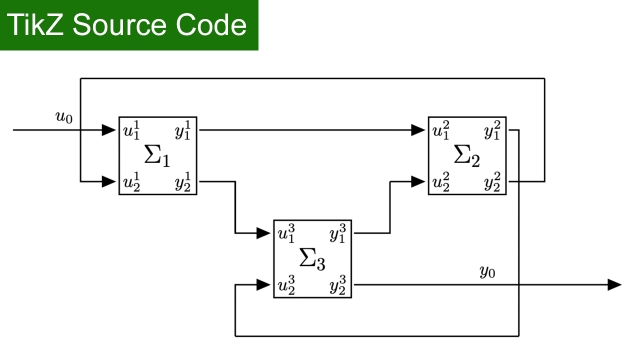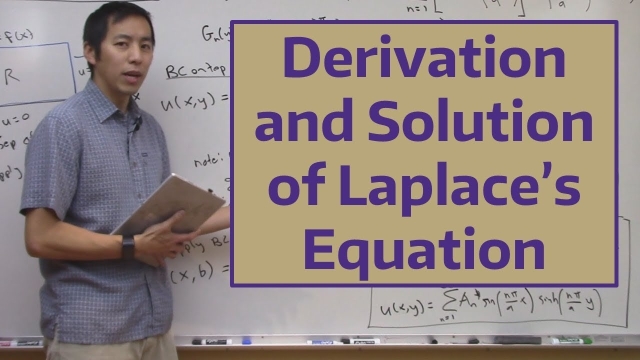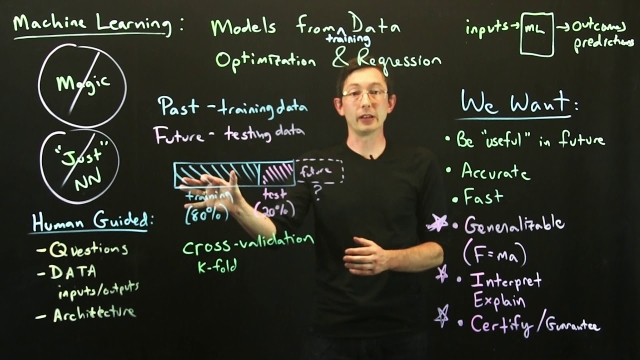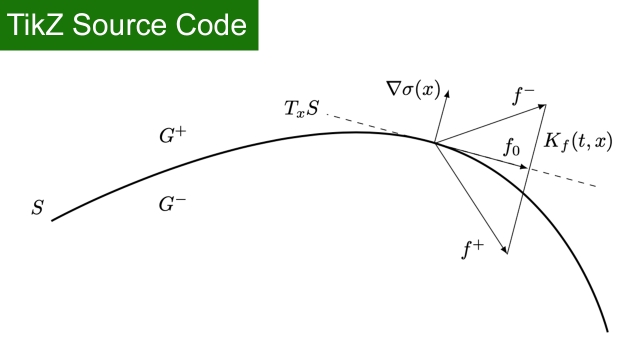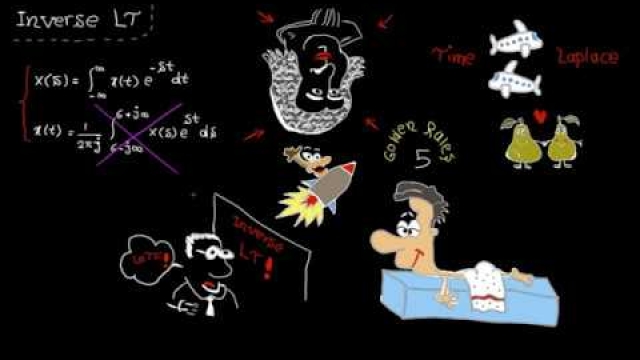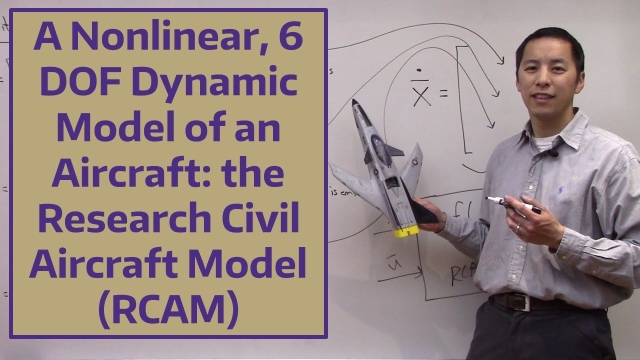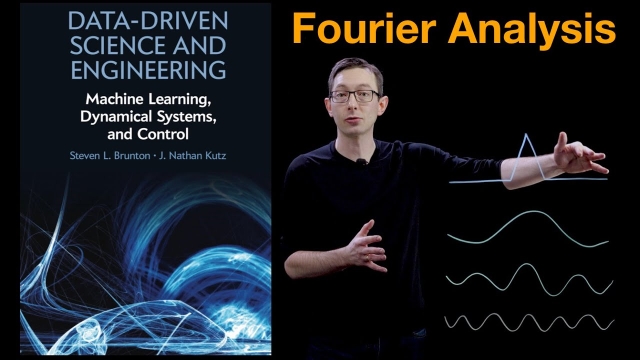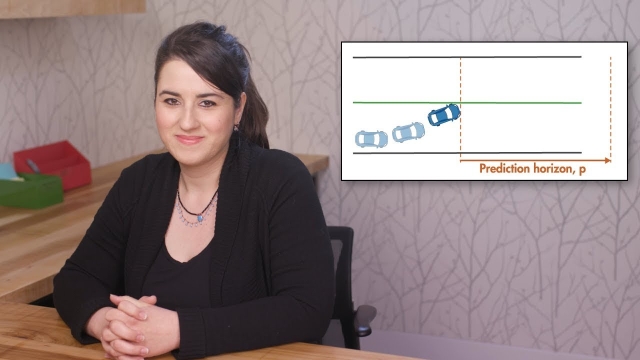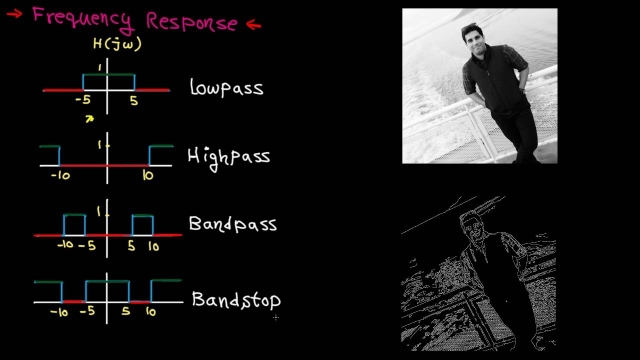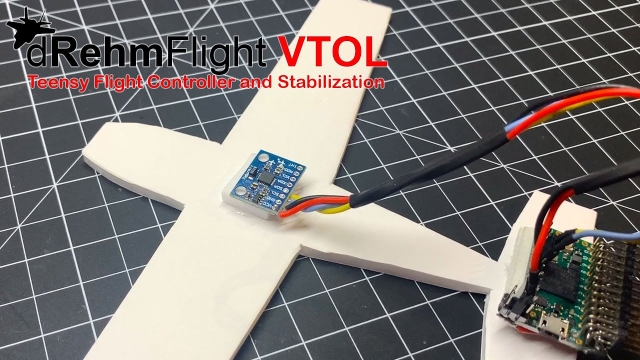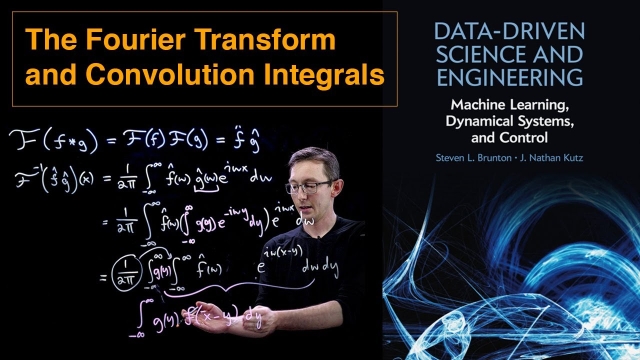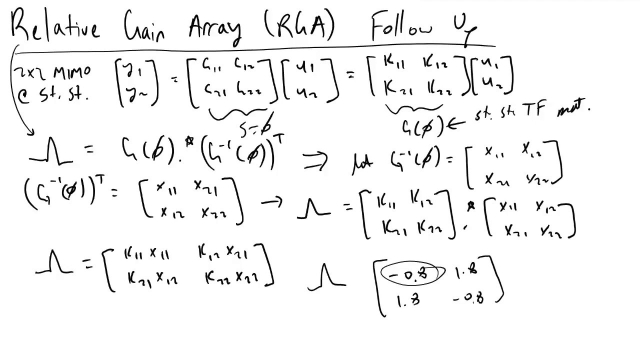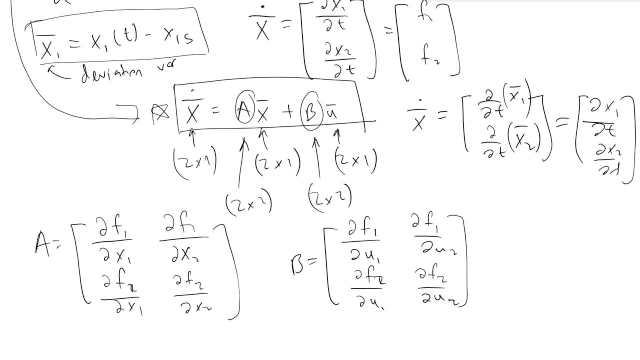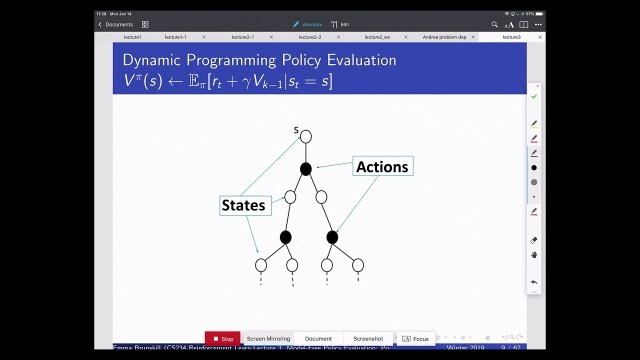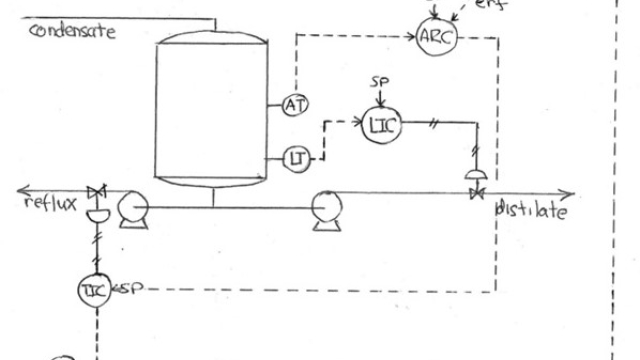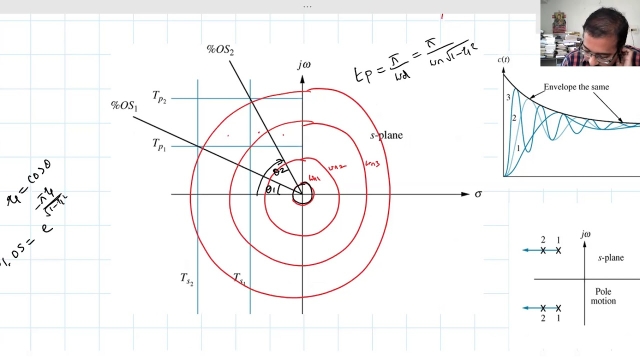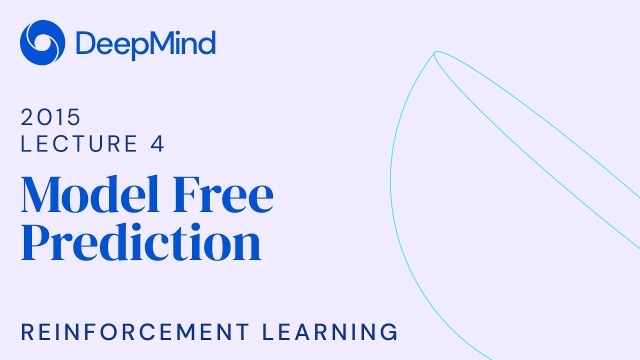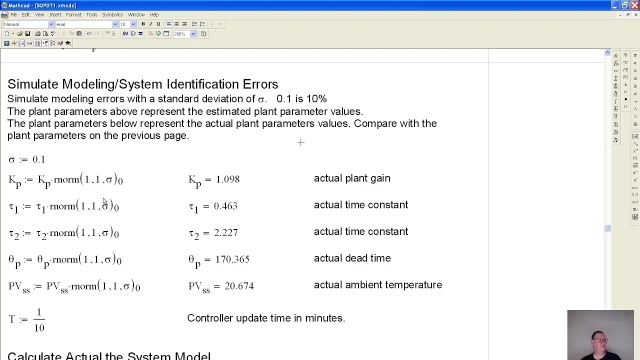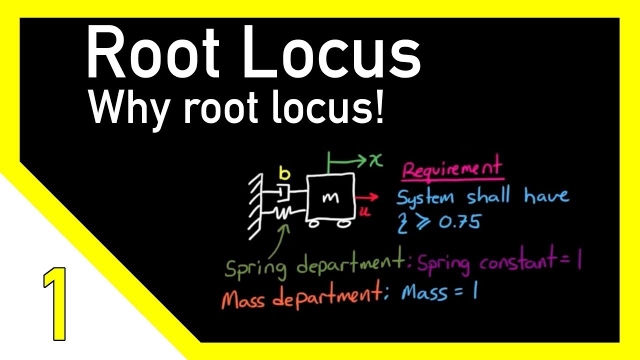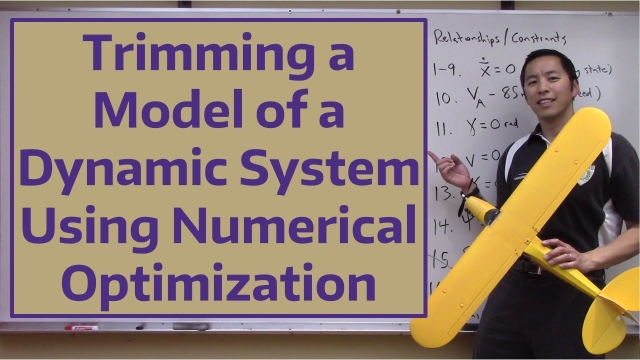
Type
Experience
Scope
TikZ source Code: An interconnection of MIMO subsystems
TikZ source Code: An interconnection of MIMO subsystems
See MoreDerivation and Solution of Laplace’s Equation
In this video we show how the heat equation can be simplified to obtain Laplace’s equation. We investigate how to solve Laplace’s equation using separation ...
See MoreMachine Learning and Cross-Validation
This lecture discusses the importance of cross-validation to assess models obtained via machine learning.
See MoreTikZ source Code: Switching Smooth Filippov
TikZ source Code: Switching Smooth Filippov
See MoreLaplace domain – tutorial 5: Inverse Laplace transform
In this video, we cover inverse Laplace transform which enables us to travel back from Laplace to the time domain. We will learn how to use simple tricks alo...
See MoreA Nonlinear, 6 DOF Dynamic Model of an Aircraft: the Research Civil Aircraft...
In this video we develop a dynamic model of an aircraft by describing forces and moments generated by aerodynamic, propulsion, and gravity that act on the aircraft. This video outlines the...
See MoreFourier Analysis: Overview
This video presents an overview of the Fourier Transform, which is one of the most important transformations in all of mathematical physics and engineering. This series will introduce the...
See MoreUnderstanding Model Predictive Control, Part 2: What is MPC?
Learn how model predictive control (MPC) works. Using a simple car example, this video provides insight into an MPC controller’s strategy for finding the optimal steering wheel angle to...
See MoreFrequency domain – tutorial 3: filtering (periodic signals)
In this video, we learn about filtering which enables us to manipulate the frequency content of a signal. A common filtering application is to preserve desi...
See MoreMounting and Configuring the IMU - dRehmFlight VTOL
This video will show you how to verify proper operation of the IMU for dRehmFlight VTOL before your first flight. It will also show you how to correctly mount the IMU to your aircraft. The...
See MoreThe Fourier Transform and Convolution Integrals
This video describes how the Fourier Transform maps the convolution integral of two functions to the product of their respective Fourier Transforms.
See MoreRelative Gain Array RGA Analysis
I cover how you can find the relative gain array from the steady state gain array, and interpret the results to determine which input to pair with which outp...
See MoreLecture 29: State space representation
Apollo's Flight Computer: Epitome of Engineering
The Apollo missions' success can be vastly accredited to the success of building a robust, one-of-a-kind flight computer for its guidance, navigation and control. Follow this video to...
See MoreStandard HW Problem #1: PID and Root Locus
A walk through of a typical homework problem using the root locus method to tune a PID controller. This is the first in what may be a series of homework style problems I'll cover. This is...
See MoreState Space in Process Control
An overview on how we can derive a state space model from a given set of state variables and inputs, as well as an intro to deviation variables. This is part...
See MoreStanford CS234: Reinforcement Learning | Winter 2019 | Lecture 3 - Model-Fr...
Professor Emma Brunskill
Assistant Professor, Computer Science
Stanford AI for Human Impact Lab
Stanford Artificial Intelligence Lab
Statistical Machine Learning Group
Lecture 19: Lead and PD compensator Design using Root Locus
Controls Engineering in the FIRST Robotics Competition
This guide is intended to make an advanced engineering topic approachable so it can be applied by those who aren’t experts in control theory. The intended audience is high school students...
See MoreRL Course by David Silver - Lecture 4: Model-Free Prediction
An introduction to Monte-Carlo Learning and Temporal Difference Learning
See MoreLecture 14: Routh Hurwitz Criterion
Peter Ponders PID. Second Order Plus Dead Time , SOPDT, Temperature Control,...
In this video I derive the equations for the controller gains and a low pass filter for a SOPDT system with a very long dead time To make the simulation mo...
See MoreThe Root Locus Method - Introduction
This Root Locus method is a fantastic way of visualizing how the poles of a system move through the S-plane when a single system parameter is varied from 0 to infinity. I show how to...
See MoreTrimming a Model of a Dynamic System Using Numerical Optimization
In this video we show how to find a trim point of a dynamic system using numerical optimization techniques. We generate a cost function that corresponds to ...
See More
